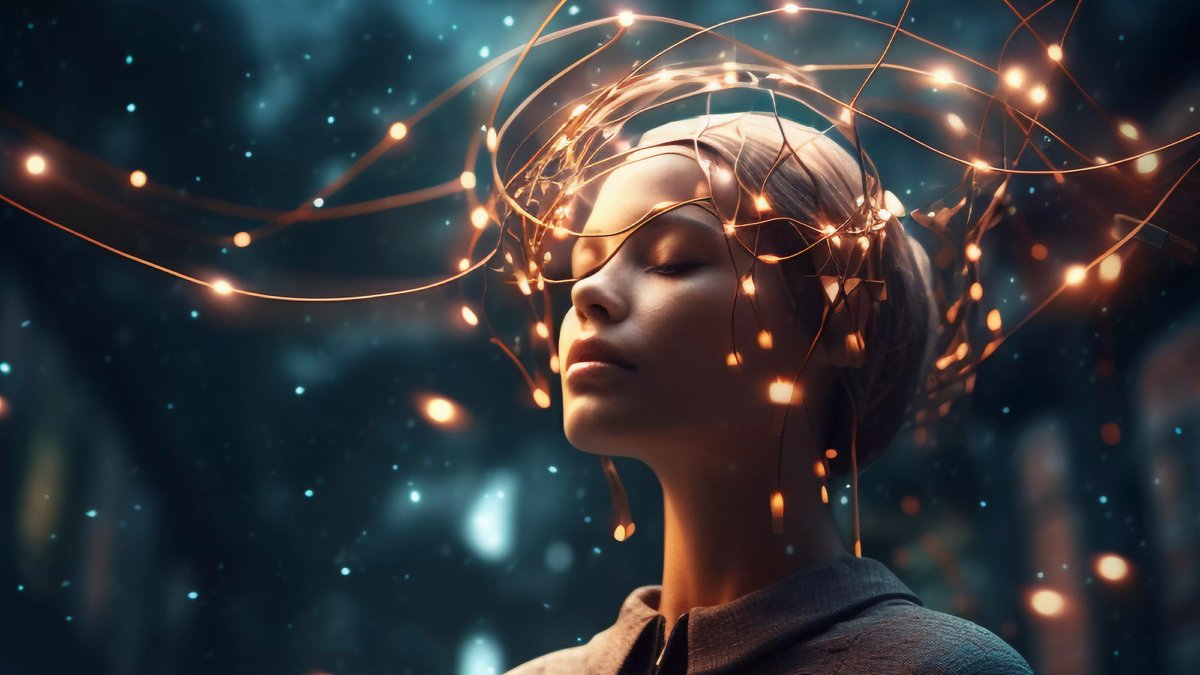AIProfile Explores the Role of Adaptive AI Models in Understanding Cognitive Load and Learning Dysfunction
When Learning Breaks Down: Understanding the Mental Strain Behind It
Educators and therapists alike often encounter moments when learning doesn’t click. Researchers now suggest that this resistance to learning may not always be about motivation—it could stem from a neurocognitive imbalance known as a manipulated learning threshold. When the brain struggles to reach this threshold, it affects knowledge acquisition and mental well-being, diminishing a person’s ability to engage in critical, contrast-driven thinking.
Interestingly, improving this threshold has been associated with enhanced traits like self-discipline and better cognitive clarity—suggesting that boosting how we learn may also strengthen our thinking.
How Neural Networks Mirror Human Learning Challenges
In artificial neuroscience, models like the Wake-Sleep algorithm and Boltzmann machines have provided insight into how machines simulate learning. These models rely on a forward layer that offers an approximate guess of expected output and calculates learning probabilities using defined learning rules.
The real driver, however, is the “lagging layer,” which evaluates approximation-based rankings and makes probabilistic decisions about whether specific hidden neurons should activate. The model uses these predictive weightings to regenerate accurate data based on the sigmoid belief theory, a foundational principle in deep learning.
This process adjusts the system’s internal learning threshold. However, the error rate rises if the loss function—the tool used to evaluate prediction accuracy—is misaligned with the model’s output layer. This aligns with what psychology knows as contrastive divergent thinking: when conflicting cognitive projections increase confusion instead of reducing it.
The ‘Memory-Cheating’ Problem in AI—and the Human Brain
Researchers have observed synchronization issues between layers in neural networks through experimentation, a phenomenon they’ve dubbed the memory-cheating state. This state causes unpredictable behaviors during training, reflecting a kind of internal miscommunication within the system.
Surprisingly, this mirrors how the human brain responds under cognitive stress. When the brain fails to balance its projection-prediction system, it generates unnecessary mental noise—akin to increased error rates in neural models. The result is cognitive overload, where thought patterns become less efficient and more mentally taxing.
Adaptive Thresholding: A New Approach to Neuro-AI Modeling
Recent theories, such as adaptive thresholding, are shifting the focus in AI design. Instead of simply regulating the activation of hidden layers, adaptive models aim to directly manage the loss function—a strategy that operates independently from memory errors.
This approach holds significant promise for improving machine and mind learning accuracy. By reducing the cognitive dissonance caused by “mental resonance” (over-amplified internal feedback), these models may offer a clearer picture of how stress, distraction, and fatigue impact learning and mental stability.
Mental Health Applications of Neural Network Technology
AIProfile’s exploration of these emerging techniques points to a future where AI models can support mental health diagnostics and interventions. By simulating how the brain processes, predicts and adapts to information under pressure, these systems could become valuable tools for:
- Monitoring cognitive fatigue and overload
- Identifying early signs of learning disorders or mental strain
- Personalizing therapy based on neural response modeling
- Reducing risk in high-stress educational or occupational environments
Key Insights:
- Learning thresholds play a crucial role in both machine and human cognition
- Misalignment in predictive models can mirror mental strain and cognitive overload
- Adaptive thresholding offers a promising solution to balance learning dynamics
- Neural networks may soon contribute directly to mental health monitoring and support

Hi, this is a comment.
To get started with moderating, editing, and deleting comments, please visit the Comments screen in the dashboard.
Commenter avatars come from Gravatar.